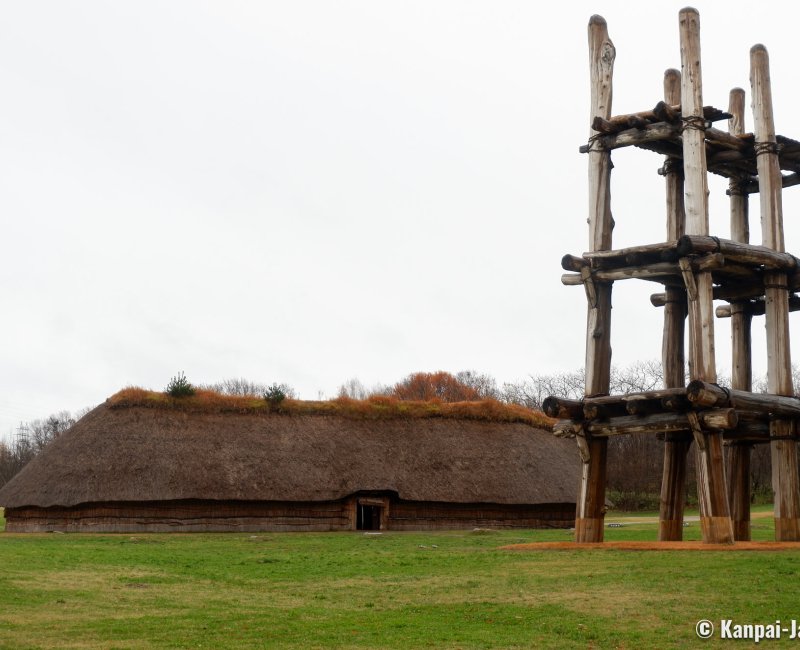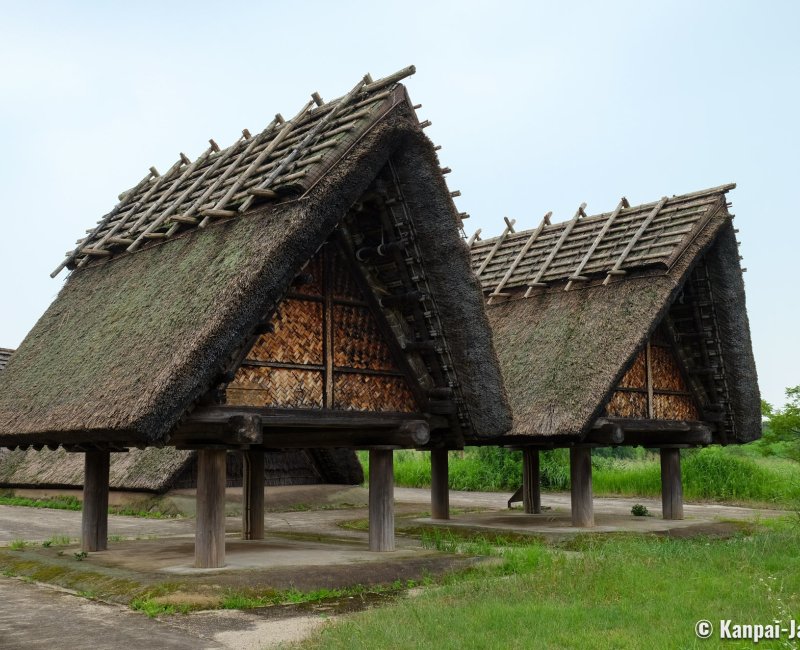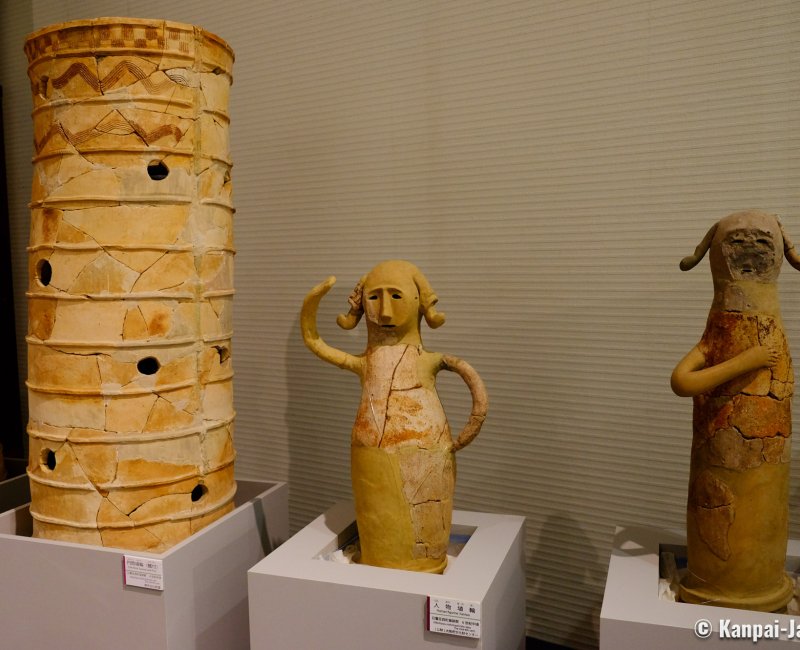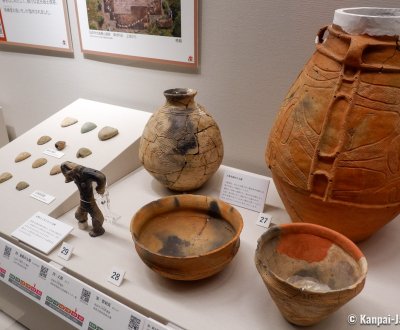Prehistory and Protohistory in Japan
The Origins of the Japanese Civilization
The origins of Japan are thought to date back to the Paleolithic, more than 30,000 years Before Common Era. The Japanese prehistory and protohistory lasted until the middle of the 6th century, when Europe had just entered the Middle Ages. This period is divided into shorter parts characterized by the various cultures that have appeared successively or could coexist together on the same territory at a given time. Archaeologists have defined the Jomon, Yayoi and Kofun periods as the main markers of this long era.
The earliest evidences of human presence in Japan date back to 32,000 BCE. (as a comparison recent archaeological excavations have found that humans had reached the Americas (Mexico) at least 33,000 BCE) Archaeologists think they were from several populations of hunter-gatherers groups arrived through Kyushu, the north-west of Honshu and Hokkaido. Cohesive cultures appeared a lot later, more precisely from the Jomon period.
The Jomon period
Science established the start of the Jomon period c. 14.000 - 13.000 BCE and its end c. 600 CE, with a period of cohabitation with the next culture in its last part. The Jomon civilization was constituted by hunter-gatherers and occupied Japan’s territory from the southern part of Hokkaido to Osaka. It has been estimated that 90 % of the population (for a total evaluated between 125,000 and 250,000 inhabitants) lived in the Kanto plain at the end of the period.
The most characteristic artifacts are cord-marked pottery and dogu, which are terra cotta human-shaped statuettes. Several Jomon archaeological sites are located in the Tohoku, the most important being Sannai Maruyama in Aomori, that was used for 1,500 years and reconstitutes a village of about 700 dwellings.

The Yayoi period
The Yayoi period’s time frame is still discussed, but usually defined starting from 800 to 400 BCE and ending c. 250 CE. The Yayoi culture was mainly located in the west of Japan: Kyushu, Chugoku and Kansai, in the area surrounding Nara. The period is characterized by the introduction of rice cultivation and metalwork techniques such as iron or bronze smelting, from the Asian continent and especially from the Korean peninsula.
In this period, ties to the continent were still tight, and a sedentary agricultural society developed, with a gradual establishment of a hierarchical social structure, a phenomena particularly visible in funerary rituals (commoners buried in a jar coffin, and high-ranking individuals under a monumental mound). At the end of the period, the first fortified places appear and the population gathers in larger villages built upon a hill (such as Nara).
Yoshinogari Historical Park in Kyushu offers to discover life in the Yayoi period thanks to archaeological digs and reconstitution since 1986. One of the period’s characteristic objects is the dotaku bronze bell, which is thought to have a ritual use.

The Kofun period
Spanning from the second half of the 3rd century to the second half of the 6th century, it was named after the many burial mounds (kofun) built throughout the Kansai area for local chefs. This period saw the emergence of the first kingdoms such as Kibi (Okayama), Izumo, and Yamato (大和) also called Wa (倭 ou 和) Kingdom that would take precedence from the 6th century. The latter is said to have encompassed lands down to Yakushima in the south, Niigata in the north, Aizu in the south of Tohoku, Yamanashi in the east and of course the shores of the Seto Inland Sea. According to the legend, it was ruled by a shaman queen, Himiko, also sometimes identified to the semi-legendary Jingu Empress, whose power reached up to the Korean peninsula.
In any case, diplomatic, military and trade ties with the former Korean kingdoms were strongly established and have allowed among other things the introduction of the Chinese scripture in the 5th century and many technologies (sericulture, silk weaving, metalwork, livestock farming…) brought by the migratory waves from the continent. Many kofun still exist, but their sites are not opened to the visit: they are indeed still considered as imperial graves and are seldom archaeologically explored. Some of the objects they sheltered, such as paintings or haniwa sculptures, can nonetheless be viewed in museums such as the Sakai City Museum, near Osaka, largely dedicated to Daisenryo Kofun.

The expression "Yamato period" is sometimes used to encompass the Kofun and Asuka periods that are in fact sharing a cultural continuity.

